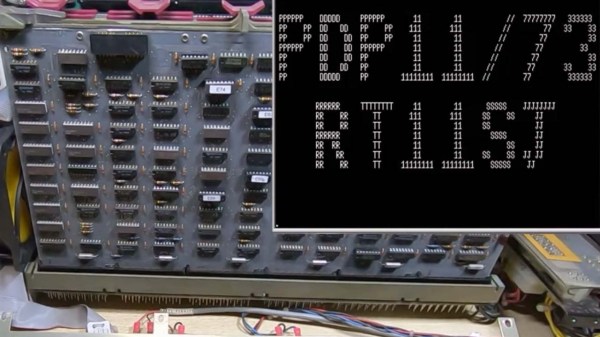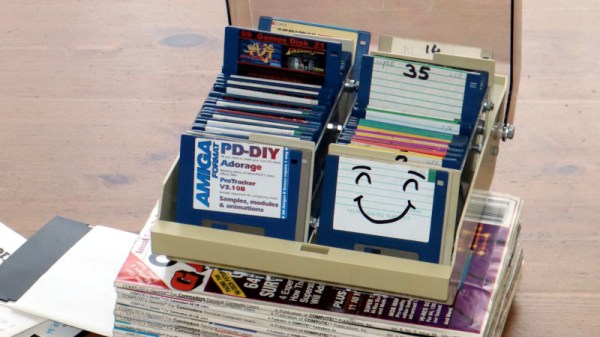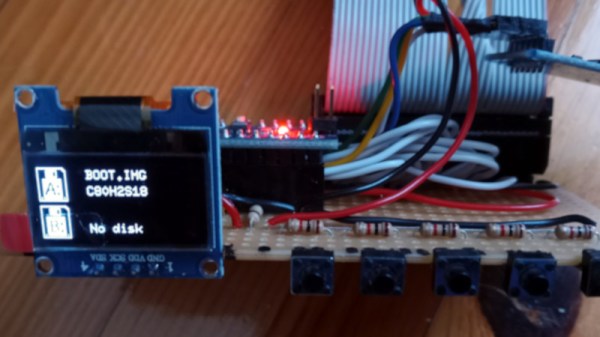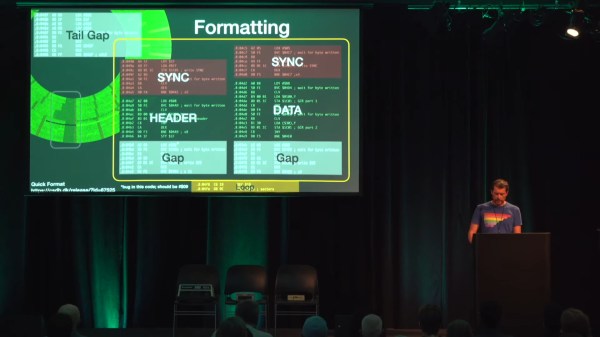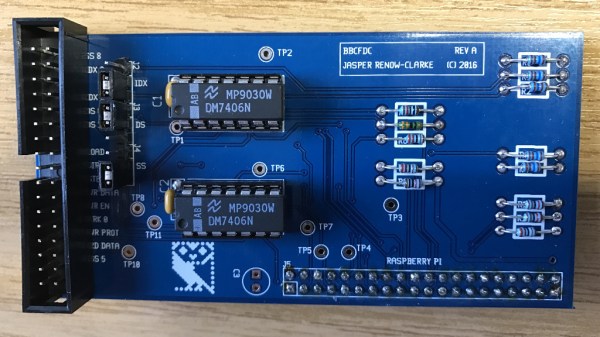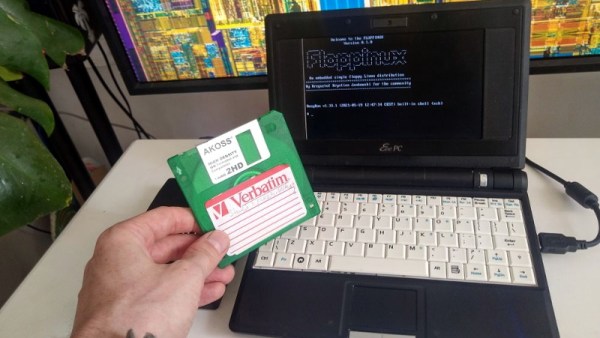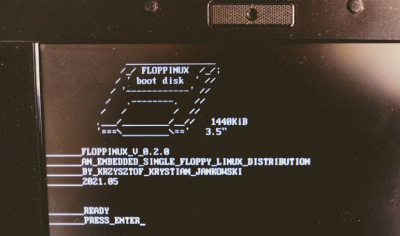The wildly successful PDP-11 minicomputer was a major influence on the evolution of computing throughout the 1970s. While fondly remembered in modern day emulation, there’s nothing like booting up the real thing, as [Jerry Walker] explores in his video series on restoring a PDP-11/34. Examples of PDP-11 hardware are becoming increasingly rare, which makes restoration and preservation of remaining equipment even more critical. [Jerry] has gone to exhaustive lengths to restore his PDP-11/34 to working condition, painstakingly troubleshooting wire-wrapped backplane and replacing suspect ICs across the entire system. With scant documentation on some of the cards, it was often a matter of sheer will and technical know-how that saw the system eventually come back to life.
If you’ve got a couple of hours, make sure to check out the entire series of videos documentation the restoration over on YouTube. If you’ve ever thought about restoring vintage computers, this series offers an insight into the satisfying yet oh-so-tedious process of chasing down broken traces and faulty logic. Exorcising the demons from decades-old computers is almost never straightforward, but [Jerry] demonstrates that persistence can yield exciting results. After the break is the latest installment of this series, which shows the system booting into the RT-11 operating system from floppy disk.
If you don’t have the time or real estate to restore a real PDP-11, you might want to check out modern hassle-free replicas. Or, if we’ve piqued your interest in restoring minicomputers, don’t miss what we had to say about previous PDP-11 resurrections, like this PDP-11/04.
Continue reading “PDP-11/34 Restoration And The Virtue Of Persistence”

